
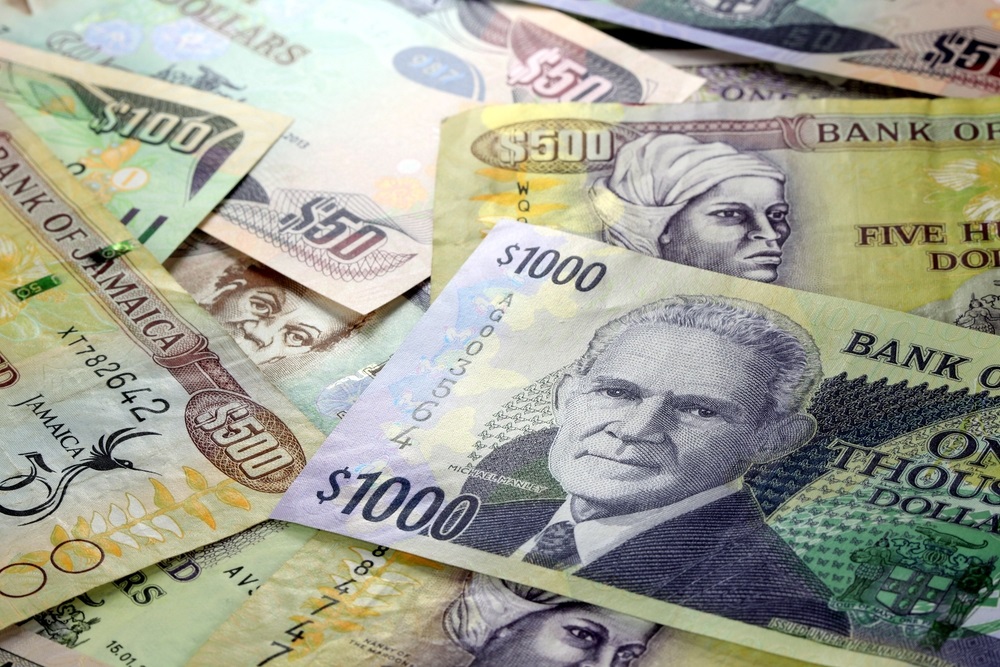
Life just got a bit more harder for all Jamaicans with the dollar hitting an all-time low of J$156 – US$1.00 this week.
With a heavily reliant import economy, Jamaicans will have to find more money to pay for goods and services at this time of COVID-19, which has already had a devastating impact on the economy. The Jamaican dollar losing ground this way exacerbates mounting difficulties.
It is cold comfort to tell Jamaican that we have a floating exchange rate system and that from time to time the Jamaican dollar has to find its natural level. Also, it is difficult to convince people not to be focused on the movement of the dollar but instead look to the inflation rate which continues to remain in the four to six per cent band.
So let’s cut to the chase and break it out in terms that an eight-year-old will understand without scratching our heads over impressive sounding jargon.
So, let’s get a pen out and jot some numbers on the back of a napkin to get some perspective.
The Jamaican economy, or total GDP as they say, is valued around US$15.5 billion.
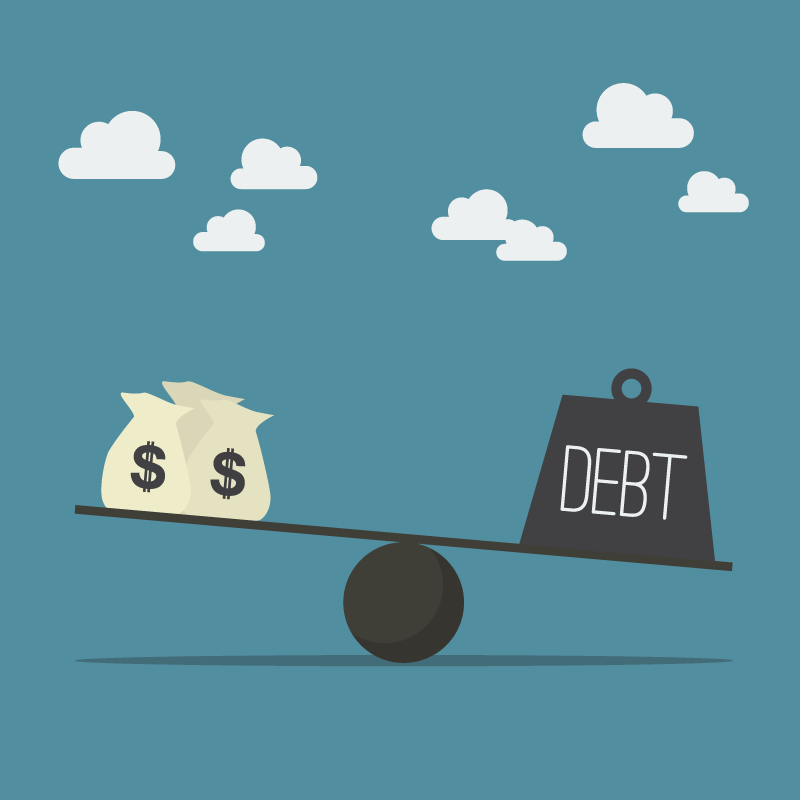
Its debt servicing is 20 per cent of its GDP and that increases every time the Jamaican dollar devalues. Jamaica’s external debt is in US dollars and it takes Jamaican dollars to be converted in US$ to make good on it. So, depreciation means finding more J$ to pay the US$ debt.
Jamaica’s total debt is around US$15 billion of which over US$9 billion is external foreign currency debt. The debt-to-GDP ratio has risen to around 112 per cent, reflecting the exchange rate depreciation and GDP contraction.
This in effect means that around 60 per cent of Jamaica’s debt is comprised of foreign currency obligations.
Commodity prices are going up and this is clearly seen with oil. Oil is now at US$72 a barrel which means that Jamaica is likely facing an oil bill of at least US$2 billion for the year. Oil is a major component in the balance of payments. This is the difference between the inflows of foreign exchange and the outflows of foreign exchange.
Jamaica’s oil bill is also a significant factor in its balance of trade, the difference between the value of a country’s exports and the value of a country’s imports for a given period. One of Jamaica’s top import line items happens to be oil which invariably leads to a trade deficit.
Jamaicans continue to demonstrate a proclivity for foreign food stuffs at the expense of home-grown food items and this is costly. Here again more US dollars have to be found to pay a huge bill that could be significantly reduced.
Jamaica has not yet made a significant change to alternative energy particularly solar and so needs to find more US dollars to pay its energy bill. Only this week, the IMF is forecasting global growth of six per cent with Latin America and the Caribbean expected to grow by 5.8 per cent, this after the region contracted by 7.0 per cent last year.
It will take oil and other commodities to fuel global economic recovery and this does not bode well for the Jamaican dollar in the near term.
Food prices are going up and Jamaica is looking at a food importation bill of around US$2 billion this year. This will impact low earners and the less fortunate. Jamaica is a fecund land, teeming with produce but is yet to extract real value from its agricultural sector and reduce food importation. Jamaicans continue to demonstrate a proclivity for foreign food stuffs at the expense of home-grown food items and this is costly. Here again more US dollars have to be found to pay a huge bill that could be significantly reduced.
Jamaica has to become more productive and look to more growth. The key to its economic recovery is spurring growth by making more goods and becoming more self-reliant, thus reducing the need to expend US dollars for imports.

Seprod boss and former president of the Jamaica Manufacturers (JMEA) Richard Pandohie continues to advocate this point. Jamaica must diversify its economy and must do so quickly. The depreciating Jamaican dollar makes this patently clear.
In his outgoing address as president of the JMEA, Pandohie said: “To date, we have been grappling with economic survival and have failed in any meaningful way to grasp the opportunity to diversify the economic base to create the possibility of more resilient, sustainable, and inclusive growth. It would be an absolute shame if we went through this awful period to simply go back to being a ‘two-trick pony’ economy. So many myths have been shattered and surely, we can see and plan more clearly now.
“Whilst the JMEA has advocated stridently for its members, we have never lost sight that we must be a voice for all Jamaicans. Too many of our brothers and sisters are suffering, too many are impoverished, including so many in the workforce who are on a treadmill of existence but not improvement. The pandemic has highlighted and widened the inequity in society, showing that we are all in the same storm but not in the same boat. This is not good enough and needs to change.”
Words to heed.
Back to that napkin.
So you have total GDP of US$15 billion. Total debt of US$US$15 billion. Debt payments of 20 per cent of GDP annually. An oil bill of US$2 billion annually. A food bill of US$2 billion annually.
The math speaks for itself.

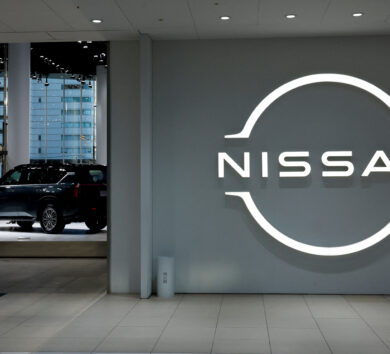


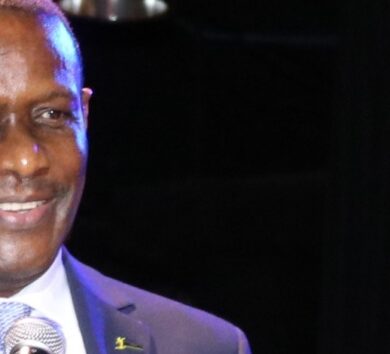

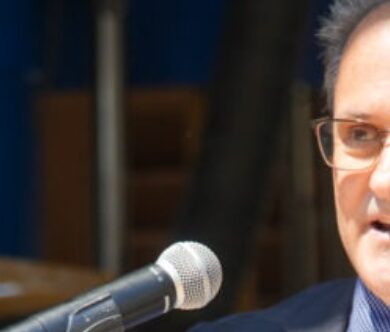
Comments